Build a winning messaging strategy: a step-by-step guide
As competition intensifies in an already very crowded digital world, demonstrating a deep understanding of your customers' pain points and motivations, and effectively communicating your products' relevant value, is more important than ever.
But, like many aspects of marketing - this is easier spoken about than done well! In MPG’s recent blog, we shared some uncomfortable ‘home truths’ about why your marketing probably isn’t working as well as it should - due to poor messaging. This issue usually boils down to 2 things: your marketer lacks deep enough knowledge of your customers, and/or your marketer is not able to identify, articulate or lacks confidence in the USPs and benefits of your offering.
Good messaging is not simply about having good copywriters on hand. As with almost all aspects of marketing, a robust, integrated strategy makes all the difference.
So, here we’re sharing with you MPG’s tried and tested strategic approach to creating and deploying strong, on-point, impactful messaging.
Build and deploy your winning messaging strategy - in 5 steps
For every product, you should have a messaging strategy documented that outlines what you want to say and how you want to say it - informed by your product’s USPs, and your audience’s needs.
This is often missing from the marketing toolkit of those put in charge of marketing your events, memberships, subscriptions and growing your engaged communities. Or if this kind of documentation does exist, it is often over-complicated - so doesn’t lead to practical, efficient and impactful execution. Or it is under-developed, missing key pieces of the puzzle.
Here are the 5 steps MPG recommends you take to create your well documented messaging strategy:
Step #1: Map your market and identify key market segments
When you create your market map, you proactively define and size your market. This is essential to gain a better understanding of the composition of your audience, and to identify the most important market segments to focus on for growth.
Step #2: Identify and articulate key ‘needs to be met’ and ‘jobs to be done’
Note down the specific needs your product is meeting for key market segments, as well as jobs they are getting done by using your product. Also work out, and capture in your document, how your product is meeting these needs and helping them do the key jobs they need to.
Step #3: Define USPs and benefits for key market segments
Using the insight gained from steps 1 & 2 above, do two things:
-
Identify what makes your product different from the competition - in the most important way that your customers value. This is your all-important USP that needs to shine through in all your marcomms.
-
State the specific benefits your product delivers by solving important problems and helping your customers get important jobs done. Keep asking yourself ‘so what’ to find the benefit in amongst all your product features - and capture the benefits in a way that is specifically relevant to your most important target market segments.
Step #4: Write your core copy
Using what is produced in Step 3, add the following to your messaging document:
-
A strap-line that incorporates your USP
-
A series of succinct bullet points focused on your benefits
This becomes the core copy you should then repeatedly use in various creative ways in multiple channels - ensuring all channels are well aligned.
Step #5: Execute - down the whole funnel
Using your messaging strategy document as your ‘bible’, start building out messaging using copy, images and content at the top of your funnel that consistently and repeatedly communicate your USP and benefits. As your customers move down the funnel and become more engaged, you should share more detailed and persuasive pieces with them, expanding on the key needs to be met, problems to be solved and jobs to be done, and how your products USP and benefits match these. This is what creates the ‘desire and action’ you need from your customers - making them enquire or buy.
Well planned and executed marketing messaging is not optional - it's essential.
B2B business leaders who don’t invest well in marketing messaging are effectively throwing money away on things like martech and data. Without the right messages reaching your audience, the money you put into your marketing systems and digital platforms won’t deliver a strong enough return. So don’t delay - get your marketers to follow the steps above as soon as possible. And if you’re working with a marketing consultant or agency to develop your messaging, make sure they are following an equally robust process to earn their keep!
Do you need better marketing to unlock revenue growth in your business?
Team MPG works with a select group of companies as a key part of their marketing function, providing ongoing strategic insight and direction, as well as consistently strong execution. Our marketing strategists, marketing operations experts, and digital marketers form MPG’s well-oiled marketing machine that has delivered strong results for our clients since 2014. If you would like to find out more about working with MPG, please get in touch.
Get in touch to boost your marketing performance

Anna Knight, SVP, Global Licensing Group, Informa Markets
Working closely with our internal team, MPG developed a strong marketing strategy focused on achieving revenue growth for a key product in our portfolio – including recommendations for a virtual offering. We were impressed by the science and rigour they put into the process. I would recommend MPG as a good strategic marketing partner for a B2B brand.



